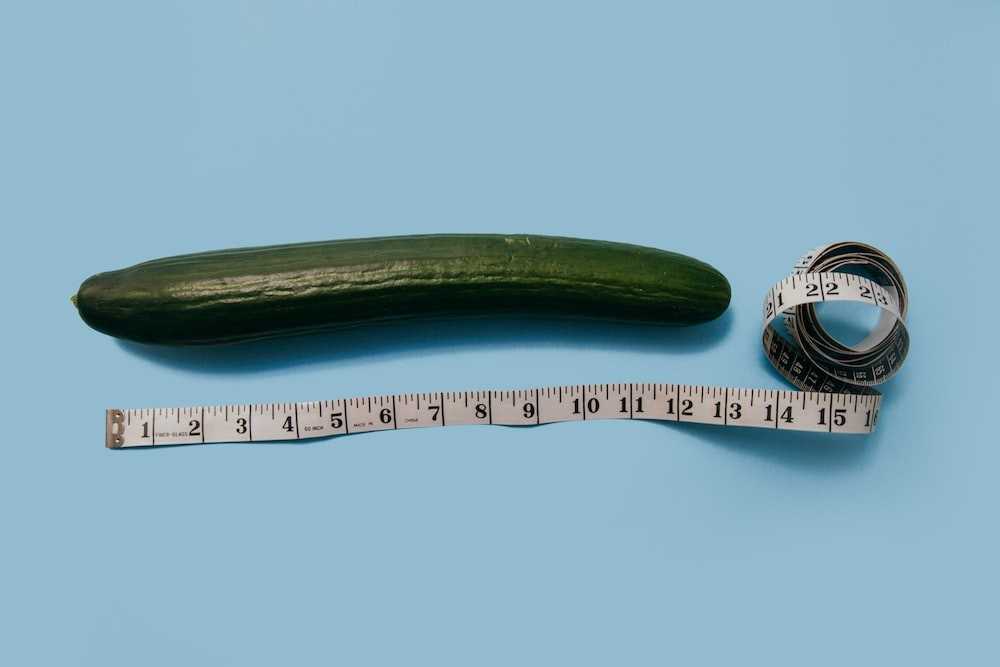One of the biggest insecurities of men, since time immemorial, is the size of their penis. And the porn industry has fueled this insecurity to a different level altogether. Because of which, world over men with average sized penis length, are under constant pressure due to false comparisons, and of course, lack of correct information.

And like in every other sector, there are many players in this industry to take advantage of these insecurities, and sell dreams of having penis sizes, as big as the famous porn stars.
But the truth is somewhere hidden.
There are two types of interventions which are promoted worldwide for penile enhancement: Surgical & Non-Surgical.
There is no non-surgical intervention which can permanently increase the thickness or the length of the penis:
- Pills, Powders, gels & lotions – most of these contain vitamins, minerals, hormones or some herbs. They may increase erection by increasing blood flow to the penis, but none of them can increase the size of the penis. In fact, in a lot of cases, using unsupervised supplements like these, can be really harmful.
- Vacuum Pumps – are devices used to achieve and sustain an erection. These devices can be either hand controlled or battery operated. A vacuum pump can create an erection by drawing blood into the penis. This expands the spongy tissue which fills with blood, resulting in an erection.
Once the penis is engorged with blood, a constriction ring is placed around the base of the erection. The constriction ring ensures that the blood remains in the penis to maintain a firm erection, until the ring is removed. When using a vacuum pump you are working with an artificial means of drawing blood into the penis.

Remember, that a penis pump just leads to a temporary erection, but it cannot change the size of the penis. On the other hand, overusing a penis pump can damage the tissue of the penis, leading to weaker erections.
- Exercises – certain exercises called Jelqing, which involves repeatedly pulling the flaccid penis using the thumb and index finger, with the aim of increasing erection size. The idea is that the pulling exercises will increase the blood capacity of the penis’ erectile tissue, allegedly resulting in increased length and girth of the penis. However, there is absolutely no evidence that this technique increases penis size and girth.
- Extenders & Stretchers – This technique involves placing a weight or a small extending frame, sometimes called a traction device, on the flaccid penis to stretch it. However, this technique, can result in a permanent damage to the penis. Also, there is simply no evidence of it working.
Surgical interventions, on the other hand are a different ball game altogether. They are extremely complicated, painful and costly procedures, and the long term results have not at all been encouraging, with side effects like infections, disfigurement, scarring etc.
Now, comes the main issue, no one tells you about, when you talk about penile surgery. Surgery of the penis, does not mean, that you would have some amazing increase in girth or length. No, you are not going to double your size, or add a couple of inches, the way it is falsely claimed at many places. The max length you would be able to enhance is app. 1-2cm, and in girth enhancement can be app. 1-4cm, yes that’s centimetres, not inches.
With this type of minimal effect, the complications and cost of surgery far outweighs its benefits. Acc. to the Mayo Clinic report on the subject:
“There aren’t enough studies of penis-enlargement surgery to give an accurate picture of risks and benefits.
The most widely used surgical procedure to lengthen the penis involves severing the suspensory ligament that attaches the penis to the pubic bone and moving skin from the abdomen to the penile shaft. When this ligament is cut, the penis appears longer because more of it hangs down.
But cutting the suspensory ligament can cause an erect penis to be unstable. Severing the suspensory ligament is sometimes combined with other procedures, such as removing excess fat over the pubic bone.
A procedure to make the penis thicker involves taking fat from a fleshy part of the body and injecting it into the penis shaft. Results may be disappointing, however, because some of the injected fat may be reabsorbed by the body. This can lead to penile curvature or asymmetry and an irregular looking penis.
Another technique for increasing width is grafting tissue onto the shaft of the penis. None of these procedures has been proved safe or effective and can even affect potency and your ability to obtain an erection.”
Different types of injectable materials have been used for penile augmentation including liquid silicone, polyacrylamide, hyaluronic acid and mineral-oil However, there is a significant risk of foreign body reaction, swelling, penile distortion, and need for removal.

A 2013 study, suggested that, “there is no consensus on the size below which it is justifiable to accept or attempt to modify the size of the penis. Length of the penis in maximal tension less than 9.5cm or 10cm in erection can be considered as an acceptable limit, in a patient who suffers from it. Cosmetic surgery of the penis is associated with a high risk of forensic exposure and surgery should be only proposed after a multidisciplinary consensus, followed by a time of reflection given to the patient after full disclosure.”
The American Urological Association (AUA) and the Urology Care Foundation consider subcutaneous fat injection for increasing penile girth to be a procedure which has not been shown to be safe or efficacious.
The AUA also considers the division of the suspensory ligament of the penis for increasing penile length in adults to be a procedure which has not been shown to be safe or efficacious.
Acc. to a 2010 study, “despite demonstration of a normal-sized penis, a certain proportion of patients still request some sort of procedure to enlarge their ‘under-estimated’ penis. Surgery, however, is characterized by a high risk of complications and unwanted outcomes, apart from the lack of consensus on indications and surgical techniques used. All those things considered, a non-surgical approach should be attempted for those patients who persist in requesting treatment. Cognitive behavioural therapy can be useful in building confidence for those suffering from dysmorphophobia
As for non-invasive physical treatments, various procedures have been attempted – vacuum devices, penile extenders, penoscrotal rings and botulinum toxin. Among these conservative methods of penile lengthening, penile traction devices are the technique for which the efficacy is supported by some scientific evidence. While the penis can effectively be elongated by an average of 1.5–2.5 cm based on the underlying condition, there is no evidence that the girth can be increased by applying traction forces.”
A 2019 study, investigated the enhancement and nonenhancement interventions in men without penile abnormalities seeking to increase penis size. They found that, among nonsurgical treatments, extenders increased flaccid length (but by <2cm), injectables increased girth but were associated with a high complication rate, and vacuum devices did not increase size. Surgical interventions included suspensory ligament incision (most used method), tissue grafting, flaps, and penile disassembly. Some men reported a significant size increase; however, complications were not infrequent, and none of the techniques was externally validated.



